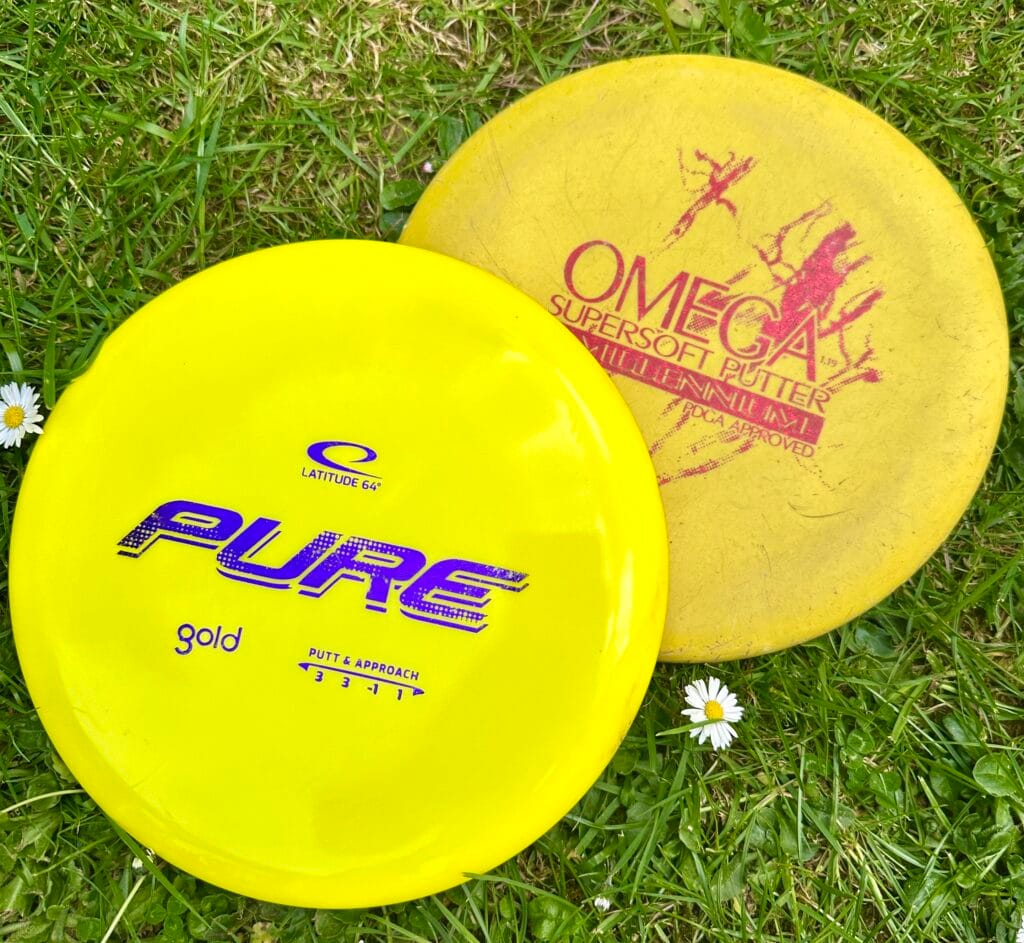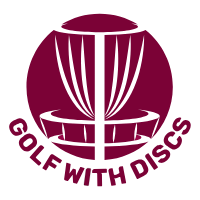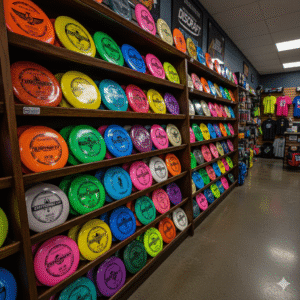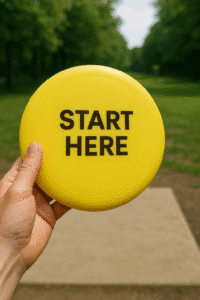Let me admit something. Until recently, I’d never seriously considered how to choose a disc golf putter. I simply kept throwing the same battered Millennium Omega SuperSoft I’d picked up in 1997. It wasn’t logic or even particularly good results holding us together—just habit and blind loyalty. Sound familiar?
Here’s the problem. That loyalty might be costing you strokes. Your form evolves, your technique sharpens, but your trusty old putter stays frozen in the past like a grunge playlist. And just as Nirvana doesn’t hit quite the same today, your putter might also be overdue for an update.
This guide helps you spot the hidden biases in your putter choices and shows you how to choose a disc golf putter that fits who you are today—not who you were when baggy jeans were stylish the first time around.
Why You Keep Throwing the Wrong Putter
There’s a sneaky psychological quirk at play called “status quo bias,” our irrational preference to stick with what’s familiar, even if something better sits right under our nose.
You probably didn’t carefully think through how to choose a disc golf putter the first time—let alone test all the right options. No, it was likely given to you by a friend, found in a starter kit, or picked for reasons long forgotten. Add to that the “endowment effect,” where we irrationally overvalue what we already own, and it’s no surprise you won’t let that old putter go.
Here’s a quick test: grab a fresh putter you’ve barely touched. Use it to practice alongside your trusty game disc. Notice the difference? Often, that unfamiliar disc exposes subtle issues your “go-to” masks. That’s bias at work.
When a Tournament Forced Me to Change Putters
In 1997, the Millennium Omega SuperSoft felt perfect in my hands. For two decades, we were inseparable. It wasn’t until I entered a Trilogy Challenge—a tournament where you must use unfamiliar Trilogy discs—that everything unraveled.
Forced to switch to a Latitude 64 Pure, initially, I sulked like a teenager dragged to a family event. But to my astonishment, the Pure flew straight. Really straight. Embarrassingly straight.
It revealed how I’d subconsciously adapted my technique around the Omega’s quirks. By the end of the day, my scorecard didn’t lie—I’d been stubbornly loyal to the wrong disc.

How to Choose a Disc Golf Putter That Fits Your Putting Style
Here’s a radical suggestion. Before choosing a putter based on what’s trending online, figure out your putting style. Are you a gentle push putter, letting the disc float toward the basket, or a spin putter zipping it aggressively?
- Push putters benefit from stable discs with good glide.
- Spin putters usually prefer understable putters for straighter flight paths.
Your putting style matters more than any brand endorsement. Choose accordingly, and watch your circle-one confidence spike.
Why Weight and Plastic Matter When Choosing a Disc Golf Putter
Disc weight is subtle but significant. Heavier putters (175 grams or more) resist wind but require precision. Lighter discs (around 165–170 grams) offer better control, especially if finesse is your strength.
Plastic matters too. Soft plastics feel great in hand but can wobble without proper spin. Firm plastics enhance accuracy but can feel slippery in cold weather. Remember, comfort counts, but consistent performance decides tournaments.
Why Grip and Shape Should Decide Your Putter
Ever thrown a disc that felt awkward, no matter how often you tried to bond with it? Blame the grip. A bead—a small ridge on the disc’s rim—offers tactile security but can feel clunky to some. Beadless putters provide a cleaner release but might slip out prematurely for others.
Your fingers know best. Try a few putters with different grips and see which inspires immediate confidence. Trust your intuition here—it rarely lies.
What Flight Numbers Really Mean for Putters
Flight numbers are a starting point, not gospel. They suggest how a disc might behave but won’t predict how you specifically will throw it.
Stable putters resist turn and finish predictably left (for right-handers). Understable putters glide straighter, ideal if your putting relies heavily on spin. Ultimately, how you throw reveals far more than the numbers printed on the disc.
Why Best Putter Lists Often Miss the Point
Search online for “best disc golf putter for beginners,” and endless results pop up. Useful? Sometimes. But once you’ve developed consistency, those beginner-friendly discs might quietly limit your progress.
Here’s a tip: regularly test discs you don’t already like or trust. Grab three unfamiliar putters and put them through their paces. Note results honestly. You might discover you’ve outgrown the disc you’ve sworn by for years.
How to Rethink Your Putter Without the Guesswork
Stop treating your putter like it’s sacred. Think of choosing a putter like getting an annual checkup—something routine rather than life-changing. Run through this quick checklist regularly:
- Putting Style (push or spin)
- Grip Feel (beaded or beadless)
- Weight Preference (light vs heavy)
- Plastic Type (soft vs firm, depending on conditions)
- Stability Needs (stable vs understable)
- Pressure Testing (practice vs competition results)
Don’t hesitate to switch if results suggest a change is due. Remember, you wouldn’t run a marathon in your school gym shoes—why cling to an outdated putter?
Final Thought Your Putter Is a Tool Not a Trophy
I’ll say it bluntly. Your putter doesn’t love you back, no matter how much you’ve convinced yourself otherwise. Nostalgia won’t shave strokes off your scorecard—smart disc choices will.
Next round, throw a disc you think you’ll hate. You might be surprised. Who knows? You might just find the perfect partner you didn’t even know you needed.
Your scorecard—and maybe even your ego—will thank you later.
Quick Answers to Common Putter Problems
Stable putters resist turning and fade predictably, while understable putters tend to fly straighter, particularly if thrown with more spin.
Lighter putters (165–170 grams) typically offer beginners better control and accuracy.
Yes. Plastic influences grip, durability, and performance in varying weather. Select plastic suited to your climate and personal preference.
They provide a useful starting point, but your technique determines actual performance. Flight numbers aren’t absolute predictors.
Yes, occasional testing can highlight unnoticed changes in your putting style and prevent complacency from hindering your progress.






